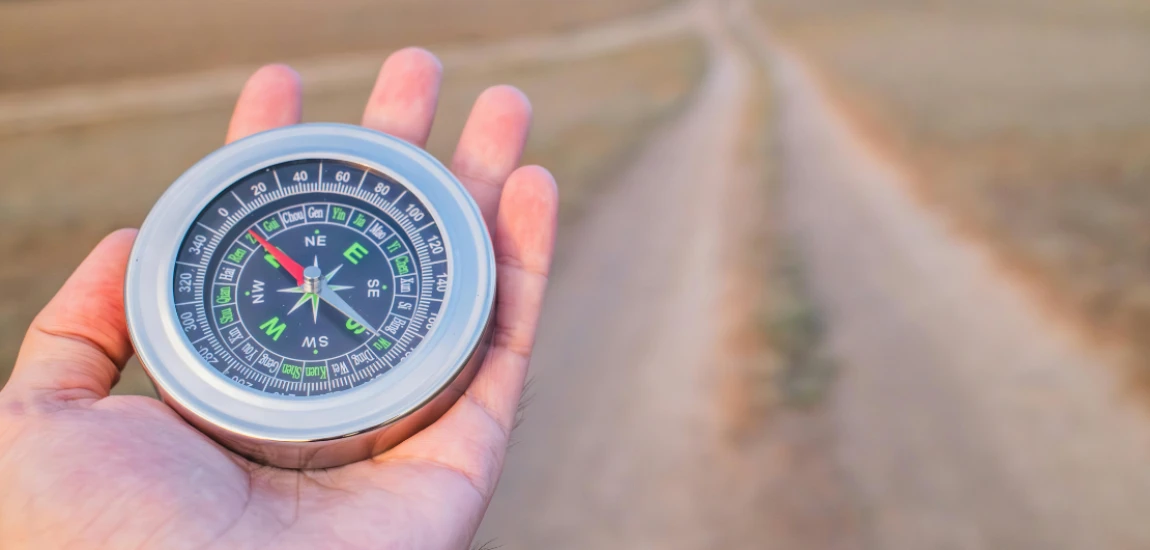Trails Where Getting Lost Is Half the Point

Some trails aren’t meant to be conquered with GPS precision or a laminated map in hand—they’re meant to be felt, wandered, and experienced without worrying about reaching “the end.” These are the kinds of routes where direction matters far less than discovery. No trail markers, no strict itineraries—just the quiet thrill of trusting your instincts and letting the landscape lead you.
From misty forests in Japan to rugged deserts in Morocco, these paths invite a different kind of hiker: the kind who knows that sometimes the most beautiful moments happen when you have no idea exactly where you are.
Why Trails Without Signs Feel So Magical
Well-marked trails are safe and predictable, but they can also be a little… scripted. The joy of trails without signs or guides lies in their unpredictability.
On these hikes, your senses become your compass. You start noticing the sound of a distant stream, the way the light falls through a break in the trees, or the faint outline of a ridge in the distance. Your awareness heightens because you’re not just following a painted arrow—you’re actively choosing every turn.
It’s not just about nature—it’s about presence. Without a clear route, you’re forced into the moment, connecting more deeply with your surroundings. These trails give you the gift of surprise: a hidden meadow, an unexpected waterfall, or a view you stumble upon by accident.

Iconic Destinations Where Getting Lost Is the Point
The Moss-Covered Lava Fields of Iceland
Vast, otherworldly, and eerily quiet, Iceland’s lava fields—particularly around Eldhraun—feel like a set from a fantasy film. There are no signs to guide you; the landscape is your only reference point. The soft moss muffles your footsteps, the horizon shifts with each step, and the temptation to wander “just a little further” is irresistible.
Tip: Go in summer when the midnight sun gives you hours of daylight, reducing the risk of disorientation after dark.
The Black Forest, Germany
Steeped in fairy tales, the Schwarzwald (Black Forest) is a labyrinth of winding trails, dense trees, and folklore. Villages are scattered through the woods, but between them, the forest can feel endless. You might follow the scent of pine or the distant toll of a church bell, never quite knowing where the path will take you.
Tip: Take a compass and some snacks—you could be wandering for hours without realizing it.
Yakushima Island, Japan
Home to ancient cedar trees over 1,000 years old, Yakushima is a place where fog drifts between mossy branches and paths dissolve into the forest. You might set out on a known trail but find yourself drawn to an unmarked turn or the sound of running water. It’s a UNESCO World Heritage site, but it still feels raw and untamed.
Tip: Wear waterproof boots—the island gets heavy rainfall, and streams can swell unexpectedly.
The Sahara’s Edge, Morocco
Outside the structured camel caravan routes, the Sahara’s fringes are open to exploration. Small dunes, rocky plateaus, and nomadic encampments create a shifting maze. Without markers, the desert changes with the wind, making every walk a unique experience.
Tip: Go with a local guide for your first wander—once you understand the landmarks, venture further on your own.
The Outer Hebrides, Scotland
These windswept islands off Scotland’s northwest coast offer moorland, rocky beaches, and barely visible footpaths. Some routes follow sheep tracks; others fade into the heather. It’s the kind of place where you might find an ancient stone circle purely by accident.
Tip: Weather changes quickly here—bring layers and be prepared for mist to roll in.

How to Safely Enjoy a Trail Without a Map
Wandering freely doesn’t mean wandering recklessly. If you’re going to hike a trail without signs, preparation is still essential:
Tell someone your plan – Let a friend or your accommodation know roughly where you’ll be exploring and when you expect to be back.
Bring navigation tools – Even if you don’t use them, carry a compass, offline map app, or GPS tracker.
Know the daylight hours – Getting lost is charming at noon, but less so in pitch darkness.
Pack essentials – Water, snacks, weather-appropriate clothing, and a small first aid kit can turn a misadventure into a good story.
Trust your instincts – If a path looks unsafe or you feel uneasy, turn back.

The Emotional Reward of Losing (and Finding) Your Way
There’s a quiet exhilaration in not knowing exactly where you are—and the deeper reward comes when you eventually find your way back. You carry the memory of those unmarked paths, the strange rock you sat on, the clearing you almost missed. These places become personal maps in your mind, known only to you.
Unlike hiking a loop trail where every visitor sees the same sights, wandering on an unmarked route makes your journey unique. You’re not just ticking off a destination—you’re living an unrepeatable experience.

For the Wanderer’s Soul
In a world where we track every step and pin every location, it’s rare to be in a place that isn’t telling you exactly where to go. Trails where getting lost is half the point remind us that some of the best travel stories come from the unexpected.
So next time you lace up your hiking boots, consider leaving the map in your bag. Let the trail surprise you. Follow the sound of the wind, the curve of a hill, the shimmer of light on water. You might just find that the most beautiful destinations are the ones you weren’t looking for.





